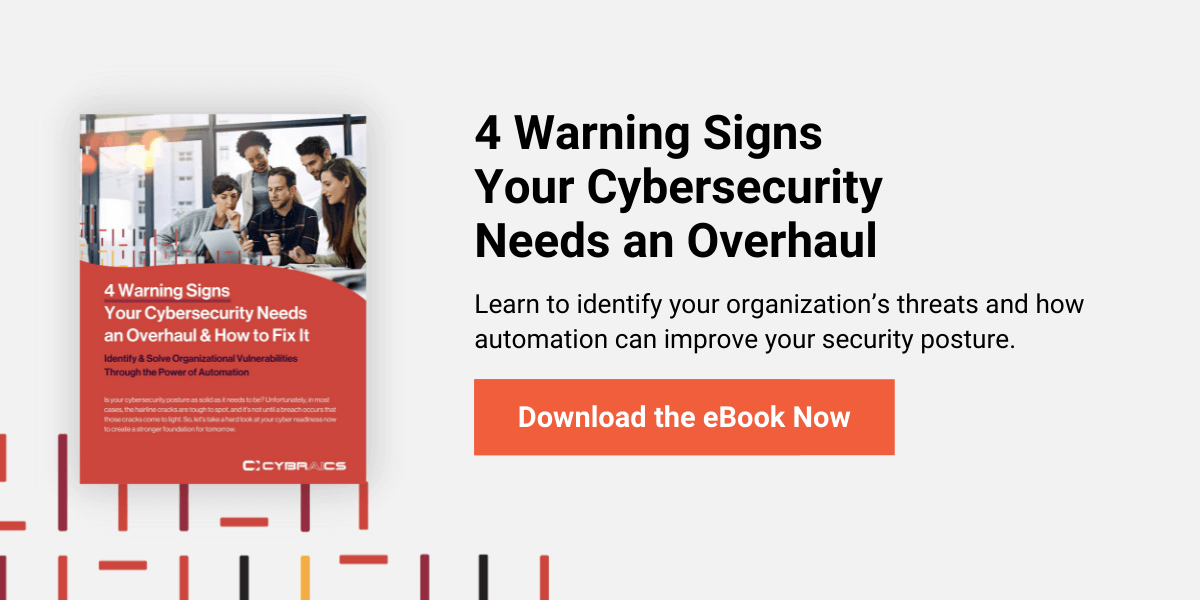You rely on dozens of cybersecurity technologies — yet, does it make your life any easier? Or, are these tools making it more difficult to pinpoint threats? Do they overwhelm you with alerts instead of providing a clear picture of your threat landscape? Are you missing clear guidance for what and how to remediate threats?
Many IT professionals find their current security stack more overwhelming than empowering. Ironically, new technologies designed with the best intentions are riddled with limitations — and improper configuration or management of one tool may lead to problems across all your network or devices.
Let’s look into the reasons why cybersecurity software sometimes lets us down and see what we can do to improve it:
1. You Have Lots of Security Tools, but They Don’t Integrate and Properly Prioritize
On average, organizations have between 25 and 49 different security tools. Usually, only a few of them are prioritized and being used to their full potential. When each of them works in silos, without being integrated into a comprehensive view, all they do is flood analysts with a massive amount of data to analyze.
No wonder recent research shows that 68% of IT specialists are worried critical problems will get lost in the flood of minor issues — while another 66% are concerned they are wasting time chasing false positives. With the vast number of alerts you deal with every day from various tools, it’s easy to miss legitimate threats that are getting in.
2. Your Cybersecurity Software Is Not Properly Updated
A survey by Voke Media indicates that around 80% of companies who had a data breach could have prevented it by maintaining proper configuration updates. The conclusion is simple: cyber threats can easily be prevented when updates are done as soon as possible. The challenge is that when you work on a dozen security tools every day, maintenance and updates may seem daunting and important patches fall through the cracks.
Others are using cybersecurity tools well past their prime. No matter what kind of solutions and software you are using, each has a point when it stops receiving updates and support from the provider. A recent report by Check Point states that 80% of attacks use vulnerabilities reported and registered in 2017 and earlier. Your old cybersecurity software stopped providing a benefit; in fact, outdated software creates easy attack vectors when patches stop being created!
3. You Don’t Have Qualified Cybersecurity Professionals to Apply the Data
Most cybersecurity tools only quantify data, so even if you were to consolidate your tool stack and stay on top of the latest security software and updates, you still need a qualified team to help you apply the findings and mitigate risks. But with the present-day cybersecurity talent shortage, it's a true challenge to find the resources you need to get the job done right.
Because qualified security personnel is in such short supply, 44% of organizations reported in the 2021 ISACA State of Cybersecurity Report that it takes them 3-6 months to fill a cybersecurity position with a qualified candidate. Think that sounds bad? Sixteen percent reported it takes even longer. You simply don’t have time to screen and interview candidates when what you really need is someone to apply your cybersecurity software’s findings and investigate possible threats.
Your Cybersecurity Software May Only Be Part of the Problem
Siloed, outdated, and non-updated solutions are all factors that may compromise your organization’s security posture and why your workload is so unmanageable. These may only be part of the problem.
Beyond technology limitations and a lack of visibility of your true threat landscape, you may also be dealing with unclear cybersecurity protocols or security tools that leave you with unfulfilled promises.
Check out the 4 Warning Signs Your Cybersecurity Needs an Overhaul & How to Fix It ebook to see the full checklist.
Instead of using many different security tools, focus on one tool that deals with all your problems in the most effective way. Download your free ebook to learn more today.

